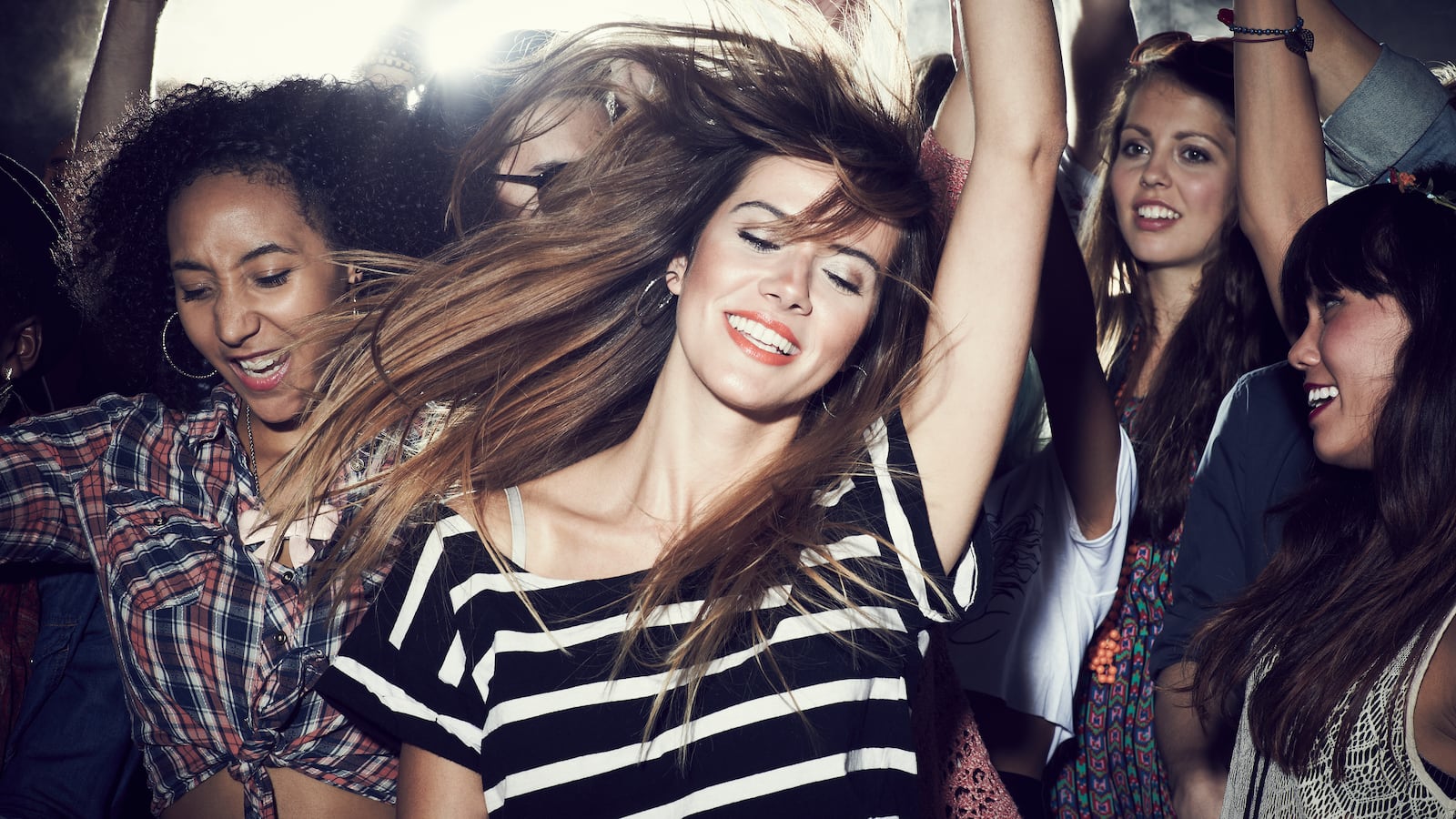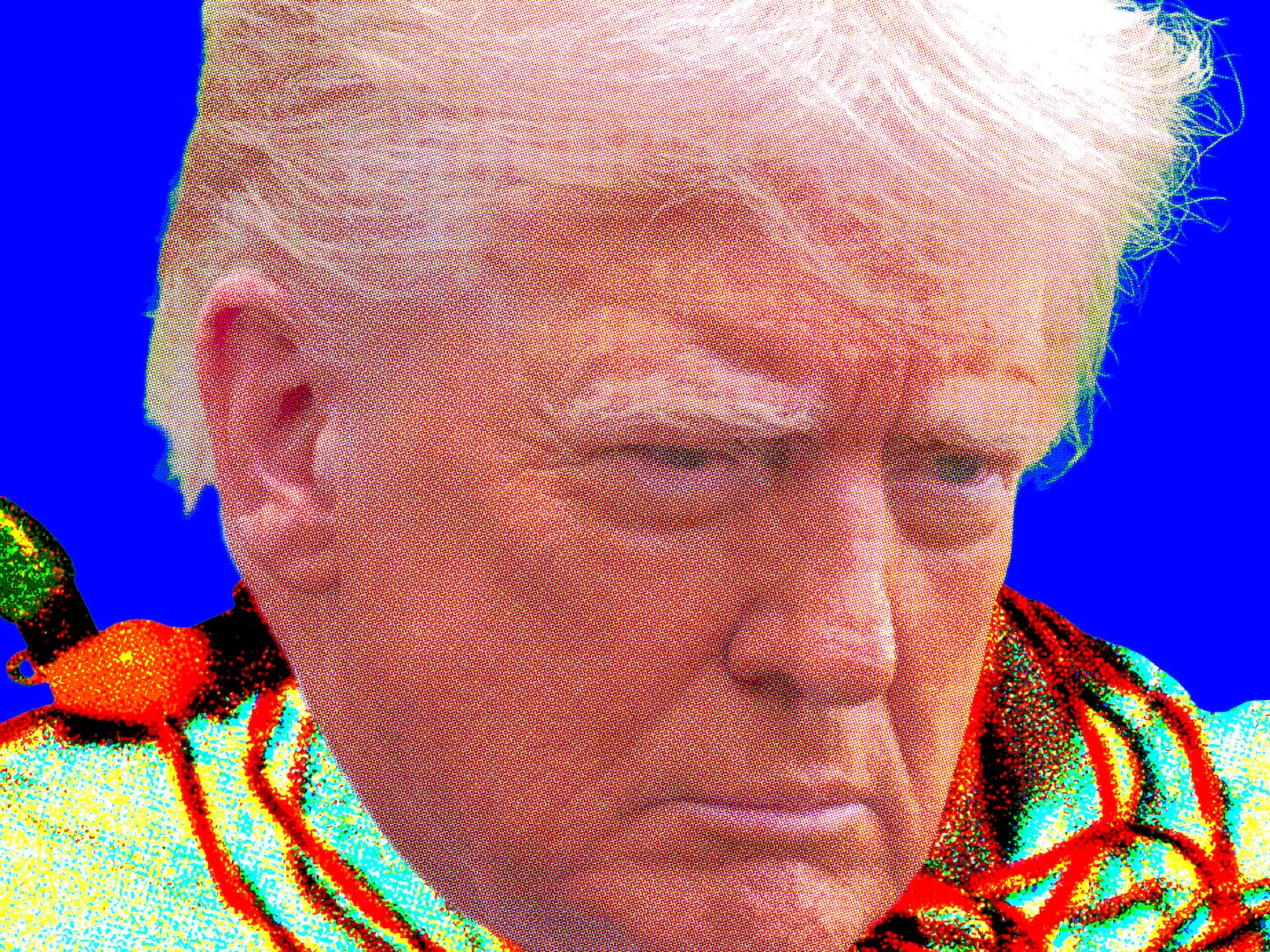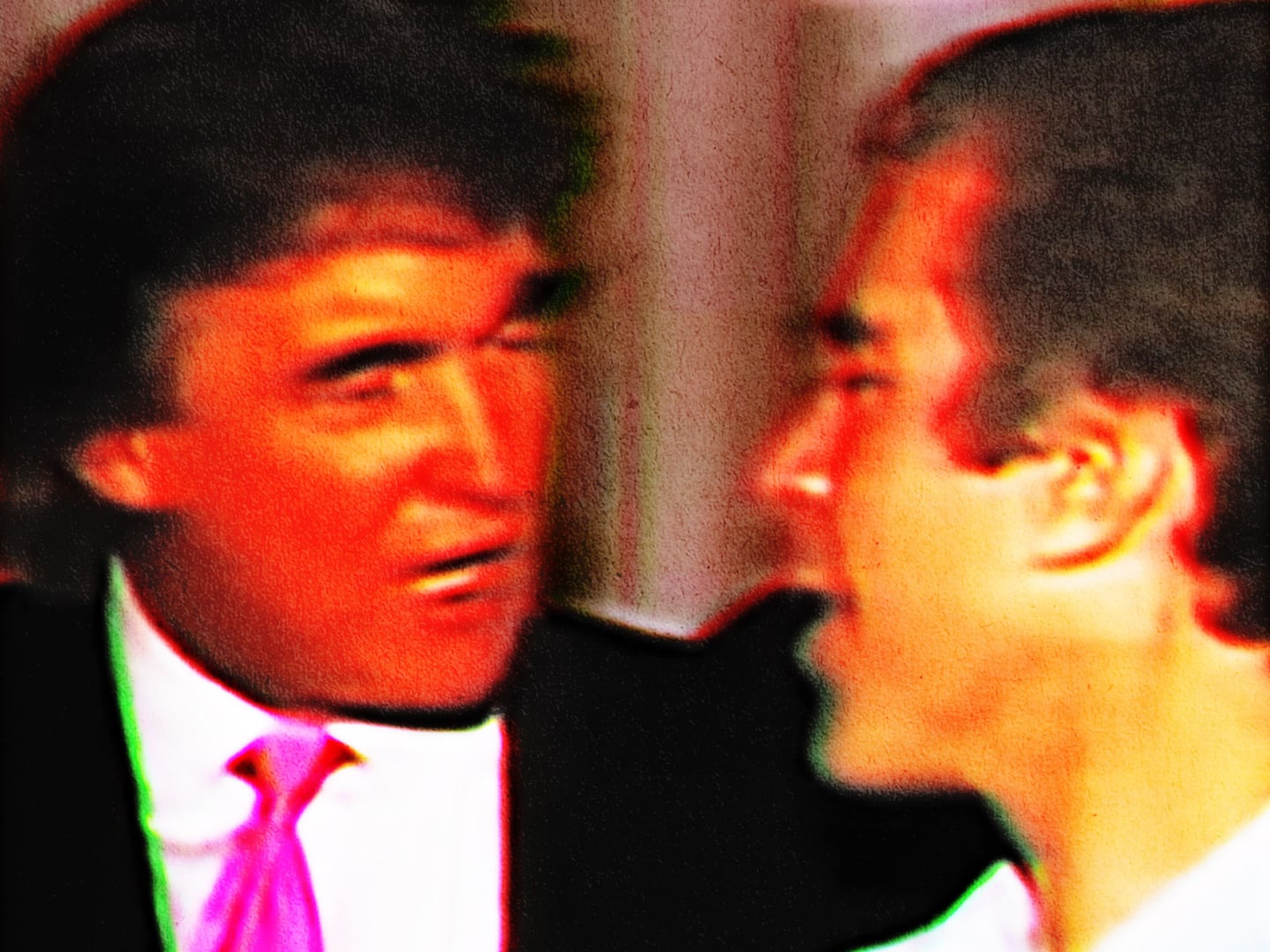The next time you find yourself dancing at a concert, it might be more than just your favorite jams making you groove.
In a study published on November 7 in the journal Current Biology, researchers found that undetectable, very low-frequency (VLF) vibrations at music shows cause people to dance more. The study’s authors believe that this might mean that certain music vibrations impact pathways deep in the brain and create a reward system from dancing.
“These results demonstrate that a complex, social behavior—dance—can be increased in intensity by VLFs without participants’ awareness,” the study’s authors wrote.
To obtain their results, the researchers turned on a VLF speaker on and off during a live EDM concert. They measured how much the concert-goers danced using motion capture headbands and found that when the VLF speaker was on, people danced more. Since the frequency was “below or near auditory thresholds,” the authors said that it “represents an unconscious effect on behavior.”
That’s all to say, you might not even realize that the music you’re listening to is making you want to dance more—but the inner workings of your subconscious mind does. When that happens, it makes you want to groove a little bit more.
Of course, it should be noted that this is just one study of a very specific kind of music environment. Anyone who has ever been to an EDM show or festival knows that it’s a unique group environment (to say the least). Future studies might want to explore if VLF also works in the context of jazz or country music.
However, it does track with current research into music’s effect on the human body. In fact, some studies suggest that listening to songs can help trigger a phenomenon called rhythmic entrainment, which is essentially when your brain syncs with music resulting in relaxation and even pain reduction. When it comes to VLF, these vibrations affect the mind on an even deeper level.
Other research found that music might impact our mirror neurons, which are brain cells that light up when we imitate something we see another person doing (e.g. seeing someone yawning makes you want to yawn). In the context of a music concert, when you see one person dance, it might make you want to groove too.
Overall, though, the study seems to suggest that there’s something very innate to humans about dancing and music even if we can’t necessarily hear certain aspects of it. Our love to shake and strut our stuff in the club might be more than something we learned through culture—it’s human nature. And that’s a good enough reason to bust a move the next time you hear your favorite song.








